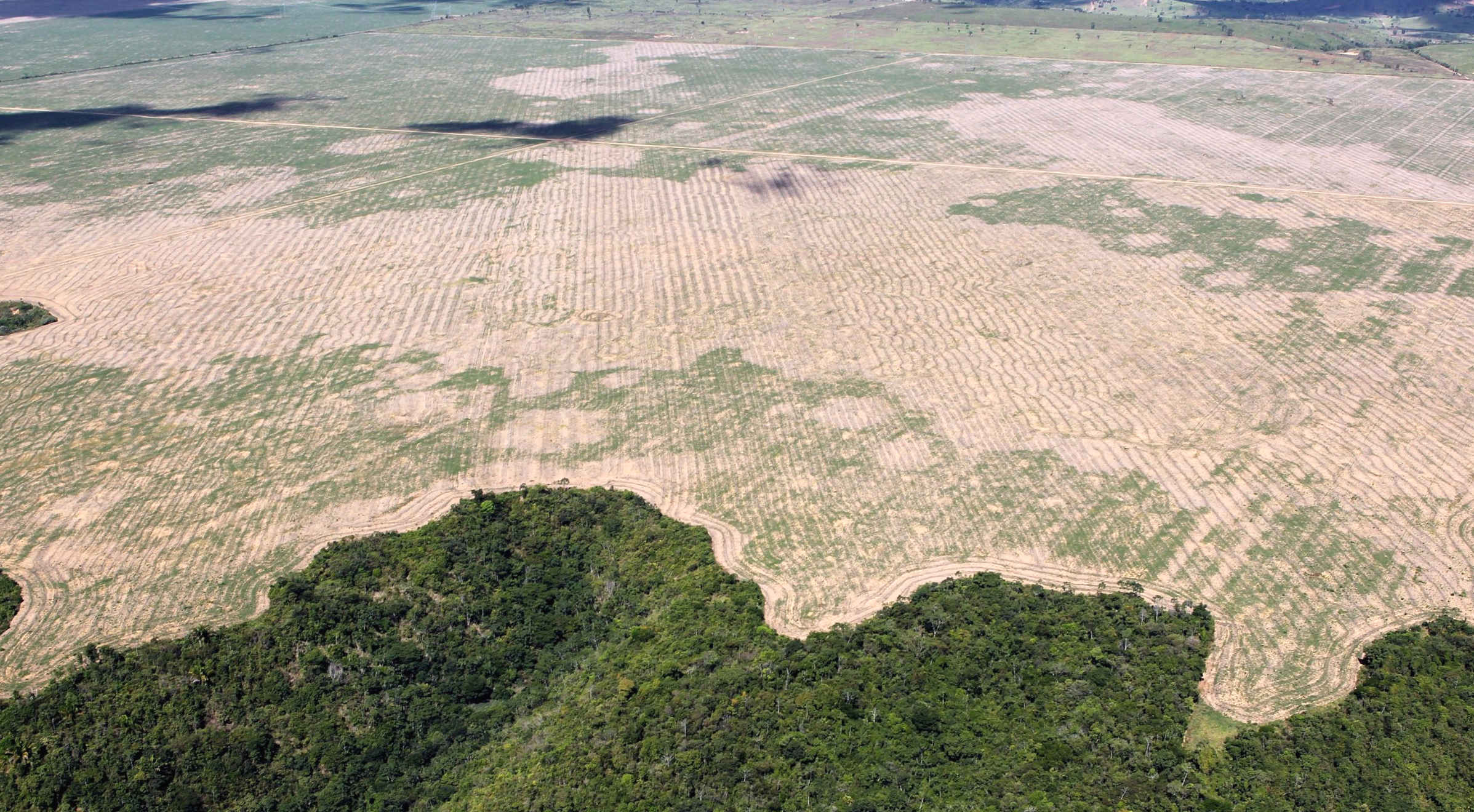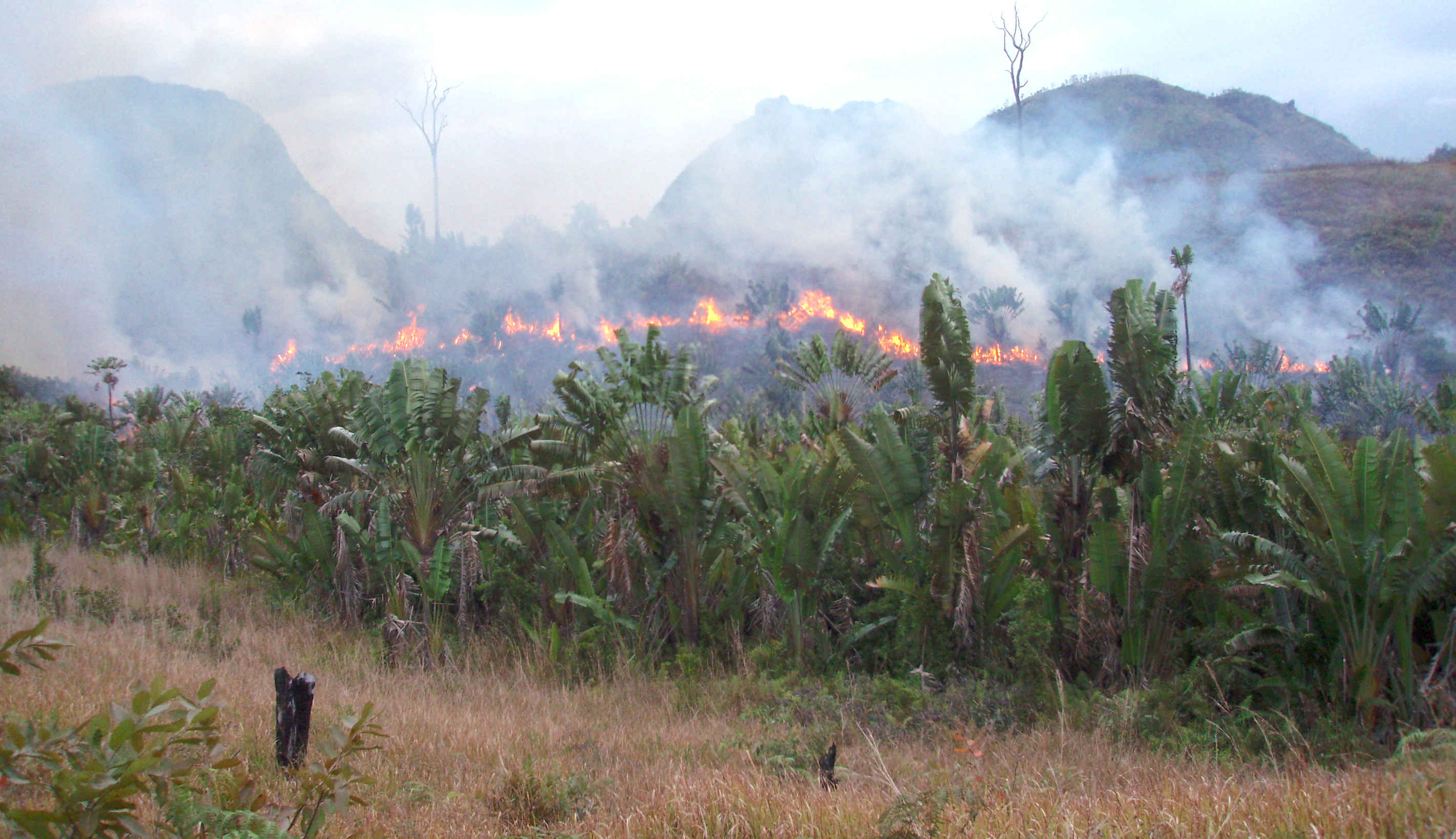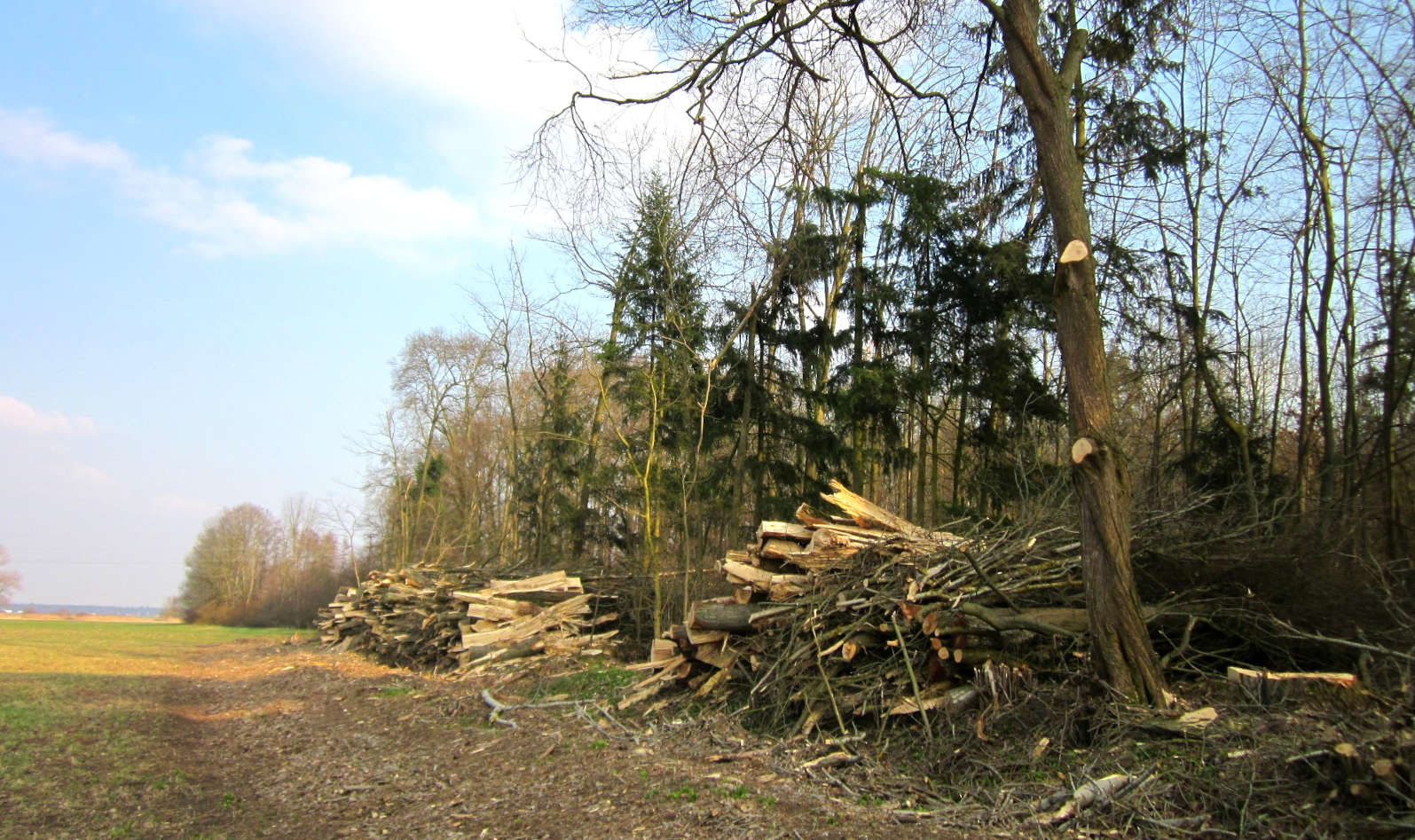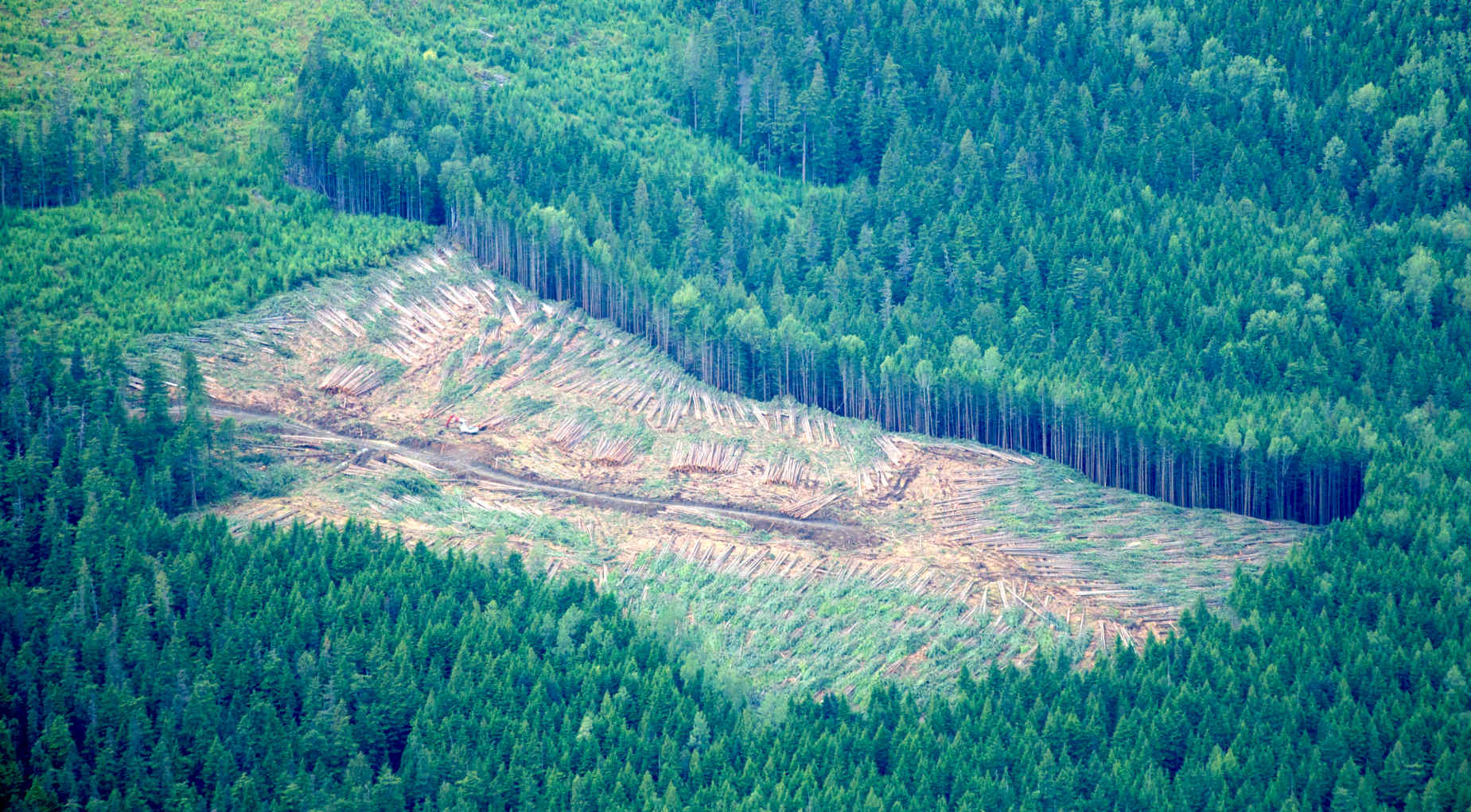|
DEFORESTATION
Please use our A-Z INDEX to navigate this site where page links may lead to other sites.
|
|
|
BRAZIL - Soldiers investigate illegal clearing of the Amazonian forest. There are new ways of tracking illegal clearing using mobile phones to listen for chainsaws. Satellites also play a part in monitoring unauthorized activity.
WHY WE NEED TREES
Assuming that it takes 6 trees to provide the oxygen for each person on earth to breathe, then with the population likely to rise from 7.7 to 9.7 billion people in the next 30 years, that means we would need to plant an additional 12 billion trees, or 400,000,000 million trees per year - just for people to breath. That is over a million trees a day - or roughly 5,000 trees per country per day. It is possible, but would require significant effort and planning.
COMPETING INTERESTS
The real question is though: would we have enough space on land to plant all those trees, where only 30% of the Earth is land? With competing pressure on land for agriculture, houses and industrial buildings, that is the burning question.
WOOD IS GOOD
We need wood for sustainable building and to lock up carbon. That means we need to plant and grow more trees than we are cutting down, not just to breathe, but to build sustainably. Such aims are admirable and suitably managed, would create the circular economy we are striving for.
|
|
|
What chance have we as a species? We doubt the G7 ever will be able to change, meaning COP 26 will be FLOP26, leading to FLOP27. Countries that condone immoral earnings and coal burning, are nothing less than Climate Nazis.
|
|
|
WHAT IS DEFORESTATION
Deforestation or forest clearance is the removal of a forest or stand of trees from land that is then converted to non-forest use. Deforestation can involve conversion of forest land to farms, ranches, or urban use. The most concentrated deforestation occurs in tropical rainforests. About 31% of Earth's land surface is covered by forests at present. This is one-third less than the forest cover before the expansion of agriculture, a half of that loss occurring in the last century. Between 15 million to 18 million hectares of forest, an area the size of Belgium, are destroyed every year. On average 2,400 trees are cut down each minute.
The
opposite of deforestation, is reforestation, the sustainably
managed planting of trees is significant numbers.
The resilience of human food systems and their capacity to adapt to future change is linked to biodiversity – including dryland-adapted shrub and tree species that help combat desertification, forest-dwelling insects, bats and bird species that pollinate crops, trees with extensive root systems in mountain ecosystems that prevent soil erosion, and mangrove species that provide resilience against flooding in coastal areas. With climate change exacerbating the risks to food systems, the role of forests in capturing and storing carbon and mitigating climate change is important for the agricultural sector.
Politicians are more worried about economic growth, when they should be aiming for economic neutrality, or even economic calming, to balance their environmental books.
REDUCING EMISSIONS
Main international organizations including the United Nations and the World Bank, have begun to develop programs aimed at curbing deforestation. The blanket term Reducing Emissions from Deforestation and Forest Degradation (REDD) describes these sorts of programs, which use direct monetary or other incentives to encourage developing countries to limit and/or roll back deforestation. Funding has been an issue, but at the UN Framework Convention on Climate Change (UNFCCC) Conference of the Parties-15 (COP-15) in Copenhagen in December 2009, an accord was reached with a collective commitment by developed countries for new and additional resources, including forestry and investments through international institutions, that will approach US$30 billion for the period 2010–2012. Significant work is underway on tools for use in monitoring developing country adherence to their agreed REDD targets. These tools, which rely on remote forest monitoring using satellite imagery and other data sources, include the Center for Global Development's FORMA (Forest Monitoring for Action) initiative and the Group on Earth Observations' Forest Carbon Tracking Portal. Methodological guidance for forest monitoring was also emphasized at COP-15.
The environmental organization Avoided Deforestation Partners leads the campaign for development of REDD through funding from the U.S. government. In 2014, the Food and Agriculture Organization of the United Nations and partners launched Open Foris – a set of open-source software tools that assist countries in gathering, producing and disseminating information on the state of forest resources. The tools support the inventory lifecycle, from needs assessment, design, planning, field data collection and management, estimation analysis, and dissemination. Remote sensing image processing tools are included, as well as tools for international reporting for Reducing emissions from deforestation and forest degradation (REDD) and MRV (Measurement, Reporting and Verification) and FAO's Global Forest Resource Assessments.
In evaluating implications of overall emissions reductions, countries of greatest concern are those categorized as High Forest Cover with High Rates of Deforestation (HFHD) and Low Forest Cover with High Rates of Deforestation (LFHD). Afghanistan, Benin, Botswana, Burma, Burundi, Cameroon, Chad, Ecuador, El Salvador, Ethiopia, Ghana, Guatemala, Guinea, Haiti, Honduras,
Indonesia, Liberia, Malawi, Mali, Mauritania, Mongolia, Namibia, Nepal, Nicaragua, Niger, Nigeria, Pakistan, Paraguay, the Philippines, Senegal, Sierra Leone, Sri Lanka, Sudan, Togo, Uganda, United Republic of Tanzania, and Zimbabwe are listed as having Low Forest Cover with High Rates of Deforestation (LFHD). Brazil, Cambodia, Democratic People's Republic of Korea, Equatorial Guinea, Malaysia, Solomon Islands, Timor-Leste, Venezuela, and Zambia are listed as having High Forest Cover with High Rates of Deforestation (HFHD).
Payments for conserving forests
CLIMATE SUICIDE
Cutting down trees without a sustainable management plan involving replanting, is climate suicide. Countries with land resources and forests, owe a special duty to mankind, to act responsibly, for the sake of the planet.
Agriculture is the leading driver of deforestation globally. A growing
global population and increased food consumption has led to many forests being converted into farms. The type of agriculture varies, but includes predominantly commercial agriculture, smallholder farming and cattle ranching in Latin America; subsistence and smallholder commercial farming in sub-Saharan Africa; and commercial agriculture and vast plantations in Southeast Asia.
EMERGENCY ACTIONS: SIX STEPS TOWARD A COOLER PLANET
Six suggested steps toward reversing global warming include building carbon neutral housing, driving clean cars and changing to renewable energy.
AGRICULTURE | BANKS | HOUSING | GROUP20 | INDUSTRY | MONEY | POLITICS | RENEWABLES | TRANSPORT
|
|
|
Please use our A-Z INDEX to navigate this site
This website is provided on a free basis as a public information service. copyright © Climate Change Trust 2021. Solar Studios, BN271RF, United Kingdom.
|






